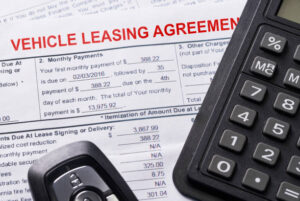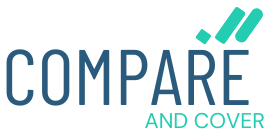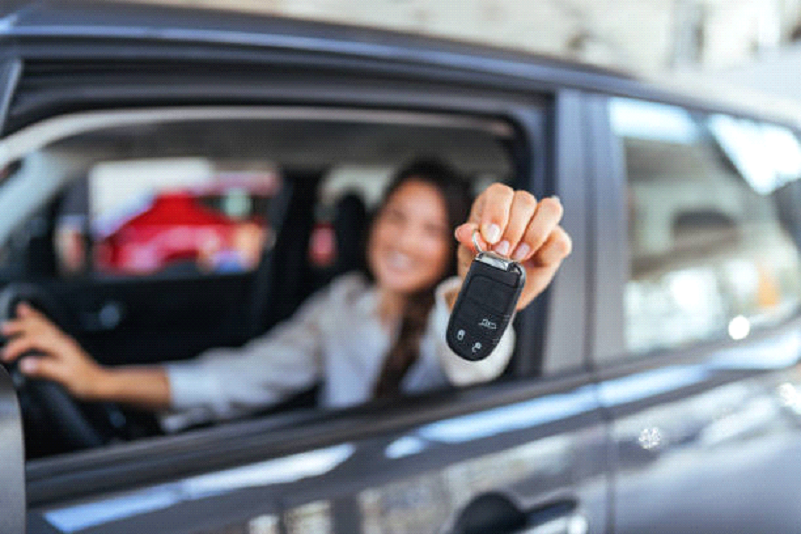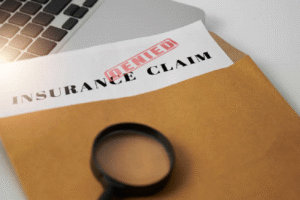Leasing a car has become a popular way to drive a new vehicle without the full commitment of buying. You get the benefit of a brand-new ride—often with a lower monthly payment—but with that comes some important responsibilities, especially when it comes to car insurance.
If you’re thinking about leasing a car—or you’ve already signed a lease—you need to understand the specific insurance requirements that come with it. Not only do you want to protect yourself and your vehicle, but you also need to meet the terms set by your leasing company.
Let’s break down exactly what insurance you need, why it matters, and how to get the best protection without overspending.
🚗 Why Is Insurance Different for a Leased Car?
When you lease a car, you’re not the owner—you’re basically renting it for a set period, usually 24 to 36 months. The leasing company (also called the lessor) still owns the vehicle, and they want to make sure it’s protected in case something goes wrong.
Because of that, insurance requirements are typically stricter for leased cars than for owned vehicles. You can’t just go with the bare minimum coverage your state requires—you’ll likely need full coverage, higher liability limits, and possibly gap insurance.

🔍 What Type of Insurance Do You Need for a Leased Car?
Here’s a closer look at the types of coverage usually required—and recommended—when leasing a car in the U.S.
1. Comprehensive and Collision Coverage (Usually Required)
These two coverages are non-negotiable for most leased vehicles:
-
Collision insurance pays for damage to your car if you’re in an accident—regardless of who’s at fault.
-
Comprehensive insurance covers non-collision incidents like theft, fire, vandalism, or weather-related damage.
Leasing companies require these because they ensure the vehicle can be repaired or replaced if something happens. Even if your car is totaled, the lessor wants to be paid the full value of the vehicle.
2. Liability Insurance (State Minimums Usually Aren’t Enough)
Every state requires liability insurance, which covers:
-
Bodily injury: Medical expenses for other drivers or passengers if you’re at fault.
-
Property damage: Repairs for other vehicles or property you damage in an accident.
While your state may allow low limits (like 25/50/25), leasing companies usually require much higher liability limits—often something like 100/300/50 or more. Why? Because if there’s a serious accident, the lessor wants to avoid being financially exposed.
👉 Tip: Check your lease agreement for the exact liability limits required.
3. Gap Insurance (Highly Recommended—Sometimes Required)
This is a big one—and often overlooked.
Gap insurance covers the “gap” between what your car is worth and what you still owe on your lease if the car is totaled or stolen.
For example:
-
You lease a car worth $30,000.
-
A few months later, it’s totaled in a crash.
-
Your insurance only pays $25,000 based on market value.
-
You still owe $28,000 on the lease.
Without gap insurance, you’d have to pay that $3,000 out of pocket. With it? You’re covered.
Some leasing companies include gap coverage in the contract, but others don’t—so ask!
4. Uninsured/Underinsured Motorist Coverage (Strongly Recommended)
Not every driver on the road has good insurance—or any insurance at all. This coverage protects you if:
-
You’re hit by a driver with no insurance
-
The at-fault driver’s insurance limits aren’t high enough to cover your injuries or vehicle damage
This type of coverage is especially important in areas with high rates of uninsured drivers. It’s usually affordable and adds a strong layer of financial protection.
📝 Smart Tips for Insuring a Leased Car
Leasing a car can be straightforward—as long as you get your insurance ducks in a row. Here are some key tips to help:
✅ 1. Review Your Lease Contract Carefully
Before you buy insurance, check the lease agreement. It will outline:
-
Required liability limits
-
Whether gap insurance is included
-
Other special conditions from the leasing company
✅ 2. Don’t Settle for State Minimums
Even if your state allows lower coverage, leasing companies want more. Skimping on liability limits or comprehensive coverage could violate your lease—and leave you exposed financially.
✅ 3. Add Gap Insurance If It’s Not Included
If your lease contract doesn’t already have gap insurance, add it to your policy or buy it separately. It’s inexpensive and can save you thousands in the event of a total loss.
✅ 4. Shop Around for the Best Coverage and Rates
Insurance costs for leased vehicles can be higher because of the required coverage. Don’t settle for the first quote you get.
-
Compare rates from multiple insurers.
-
Use online tools and brokers to simplify the process.
-
Ask about bundling discounts if you also insure a home or another car.
✅ 5. Tell Your Insurer You’re Leasing
Make sure your insurance provider knows you’re leasing the vehicle. They’ll need to include the leasing company as a loss payee on your policy—so the lessor gets paid directly if the vehicle is damaged or totaled.
Failing to do this could delay claims or create legal headaches.

📌 Common Mistakes to Avoid
Here are some things drivers often get wrong when insuring a leased vehicle:
-
Choosing only the state minimum coverage
-
Forgetting to add gap insurance
-
Not checking the lease agreement requirements
-
Assuming the dealership handles all insurance details (they don’t)
-
Letting coverage lapse or making late payments
Avoid these pitfalls and you’ll stay in good standing with your lease—and protect your finances.
💬 Final Thoughts: Protect Your Ride and Your Wallet
Leasing a car gives you access to a new vehicle without a long-term commitment—but it comes with strict insurance requirements. Making sure you have the right coverage in place isn’t just about protecting the car—it’s about protecting yourself from unexpected costs, legal issues, and lease violations.
Here’s a quick checklist before you hit the road in your leased car:
✅ Full coverage: Collision + Comprehensive
✅ Higher-than-minimum liability limits
✅ Gap insurance (either through the lease or your insurer)
✅ Optional coverage like uninsured motorist protection
✅ Your leasing company listed on the policy
Don’t cut corners when it comes to leasing insurance. Get it right from the start and enjoy peace of mind behind the wheel.





